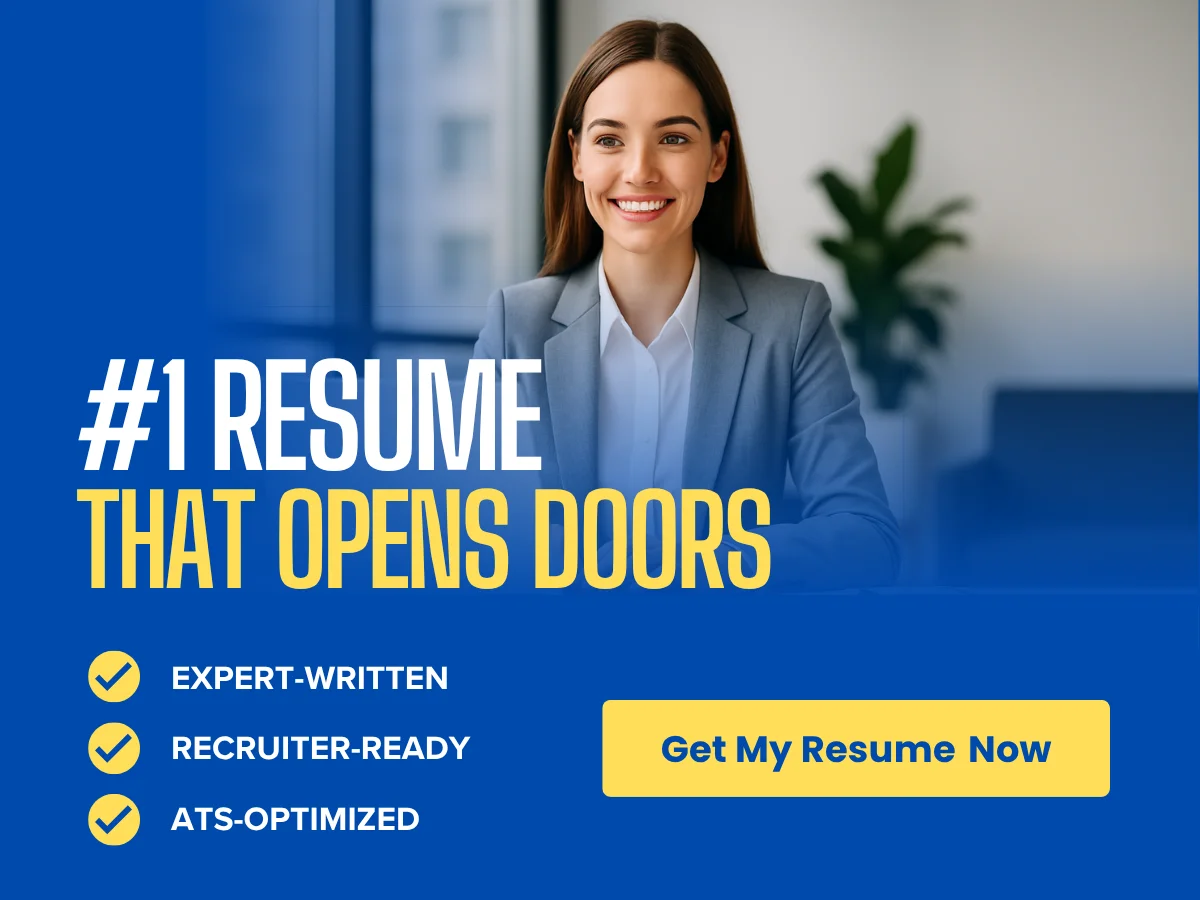A well-crafted resume is your first opportunity to make a lasting impression on potential employers. It serves not only as a summary of your skills and experiences but also as a reflection of your professionalism and attention to detail. With hiring managers often sifting through hundreds of applications, having a standout resume can be the key to unlocking the door to your dream job.
This article delves into the world of English resume templates, providing you with a comprehensive guide to creating a document that captures your unique qualifications while adhering to industry standards. We will explore various templates that cater to different professions and career stages, ensuring you find the perfect fit for your needs.
Moreover, we will share essential writing tips that will help you articulate your experiences effectively, highlight your strengths, and tailor your resume to specific job opportunities. Whether you are a recent graduate entering the workforce or a seasoned professional looking to make a career change, this article will equip you with the knowledge and tools necessary to craft a compelling resume that stands out in a crowded field.
Exploring Resume Basics
Definition and Purpose of a Resume
A resume is a formal document that a job seeker creates to showcase their professional background, skills, and accomplishments. Its primary purpose is to provide potential employers with a concise summary of the candidate’s qualifications, enabling them to assess whether the applicant is a suitable fit for a specific job role. A well-crafted resume serves as a marketing tool, highlighting the candidate’s strengths and experiences in a way that captures the attention of hiring managers.
Typically, a resume includes several key components:

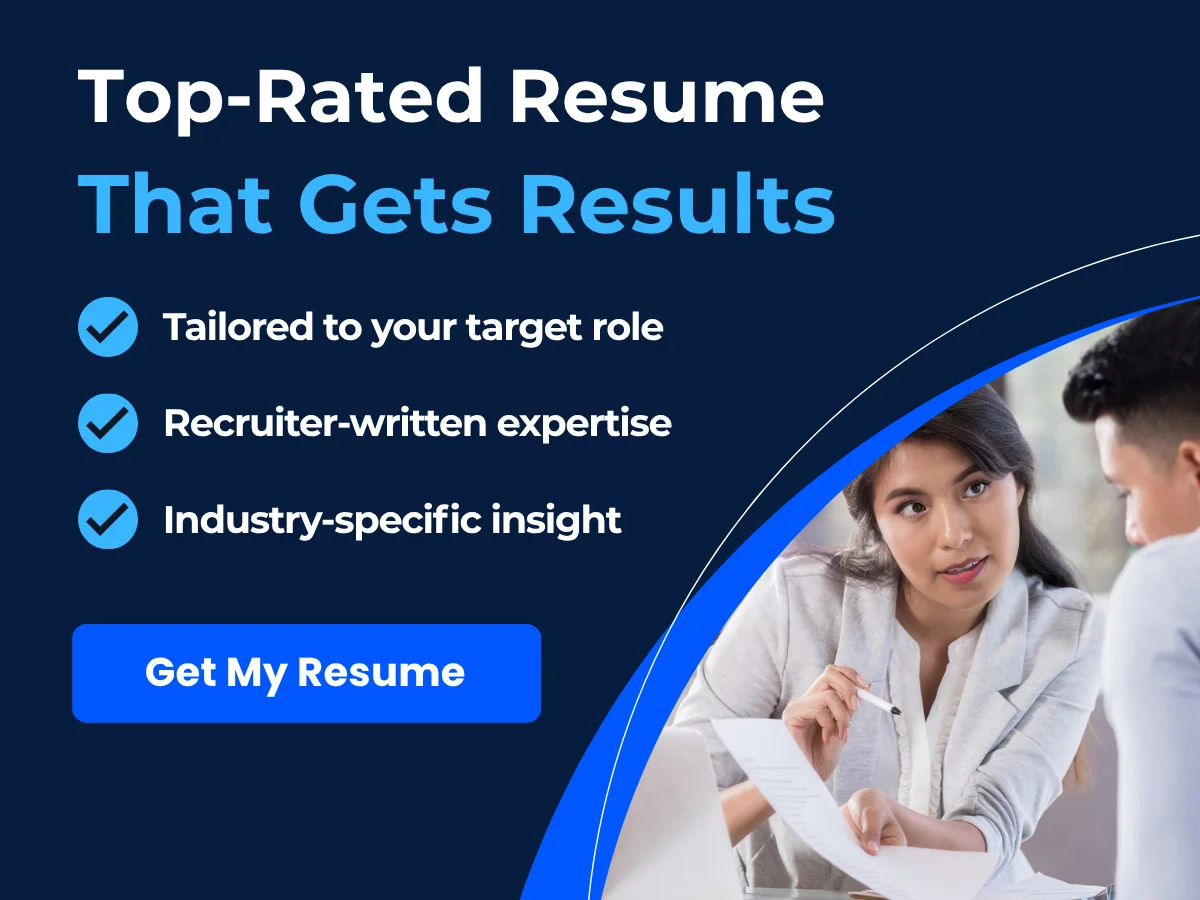
- Contact Information: This section includes the candidate’s name, phone number, email address, and sometimes a LinkedIn profile or personal website.
- Objective or Summary Statement: A brief statement that outlines the candidate’s career goals and what they hope to achieve in the position they are applying for.
- Work Experience: A detailed account of the candidate’s previous employment, including job titles, company names, locations, and dates of employment, along with bullet points describing key responsibilities and achievements.
- Education: Information about the candidate’s academic background, including degrees earned, institutions attended, and graduation dates.
- Skills: A list of relevant skills that pertain to the job being applied for, which may include technical skills, soft skills, and certifications.
The resume is often the first impression a potential employer has of a candidate, making it crucial for job seekers to present themselves professionally and effectively. A strong resume can lead to an interview, while a poorly constructed one may result in missed opportunities.
Key Differences Between a Resume and a CV
While the terms “resume” and “CV” (curriculum vitae) are often used interchangeably, they refer to different documents that serve distinct purposes. Understanding these differences is essential for job seekers, especially when applying for positions in various fields or countries.
- Length: A resume is typically one to two pages long, focusing on relevant work experience and skills tailored to a specific job. In contrast, a CV is a comprehensive document that can span several pages, detailing the candidate’s entire academic and professional history, including publications, research, and presentations.
- Content: Resumes are concise and targeted, emphasizing skills and experiences that align with the job description. CVs, on the other hand, provide a complete overview of a candidate’s career, including education, work history, research, and professional affiliations.
- Usage: Resumes are commonly used in the United States and Canada for job applications in the private sector. CVs are more prevalent in academic, research, and medical fields, as well as in countries outside North America, where they are often required for job applications.
- Customization: Resumes are frequently customized for each job application, allowing candidates to highlight the most relevant experiences. CVs are generally static documents that are updated periodically to include new accomplishments and experiences.
Understanding these differences can help job seekers choose the appropriate document for their applications, ensuring they present their qualifications in the best possible light.
Types of Resumes: Chronological, Functional, and Combination
When it comes to crafting a resume, there are several formats to choose from, each with its own advantages and disadvantages. The three most common types of resumes are chronological, functional, and combination resumes. Selecting the right format can significantly impact how a candidate’s qualifications are perceived by potential employers.
Chronological Resume
The chronological resume is the most traditional and widely used format. It lists work experience in reverse chronological order, starting with the most recent position and working backward. This format is particularly effective for candidates with a strong work history in a specific field, as it allows them to showcase their career progression and relevant experiences clearly.
Advantages:

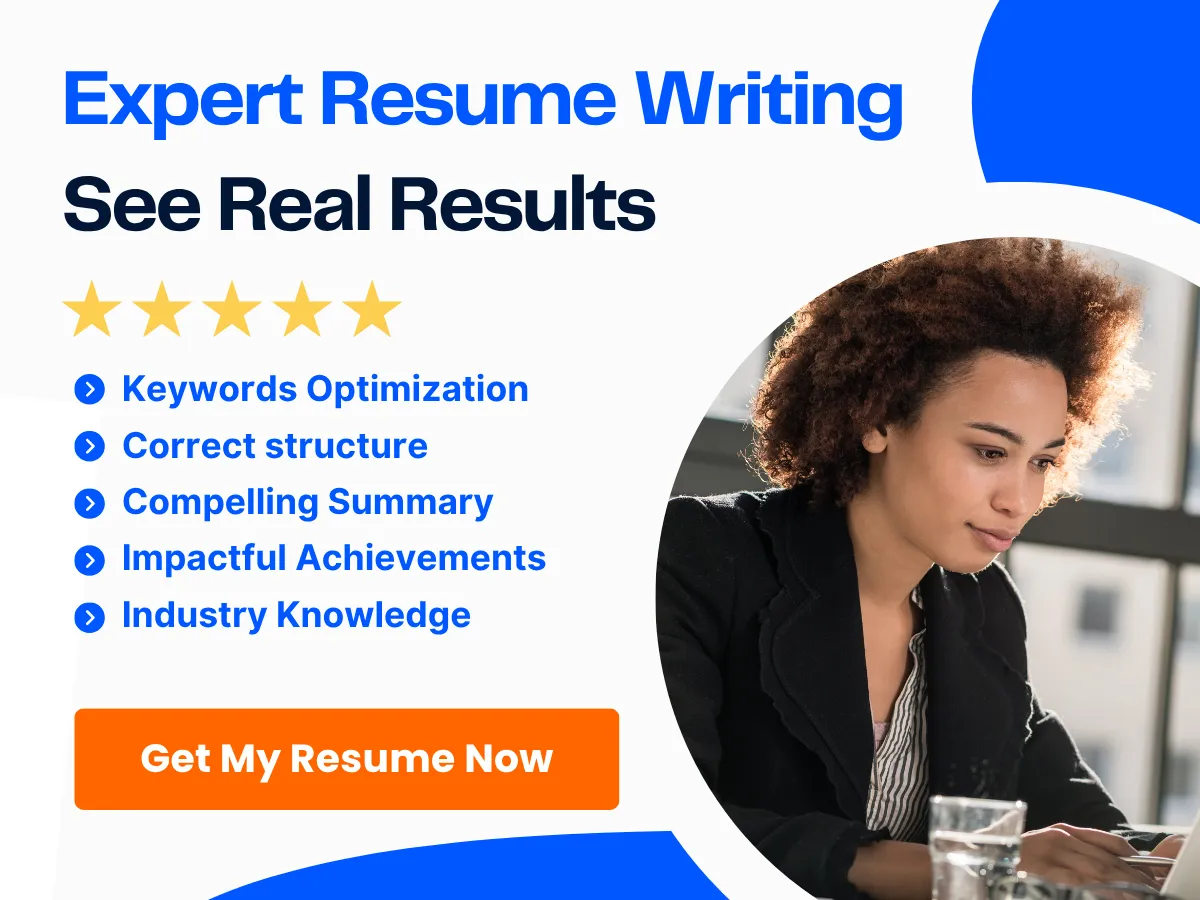
- Easy to read and understand, as it follows a clear timeline.
- Highlights career growth and stability, making it ideal for candidates with a consistent work history.
- Employers can quickly see the candidate’s most recent roles and responsibilities.
Disadvantages:
- May not be suitable for candidates with gaps in employment or frequent job changes.
- Can emphasize a lack of experience in a specific field if the candidate is transitioning careers.
Functional Resume
The functional resume focuses on skills and experiences rather than a chronological work history. This format is ideal for candidates who may have gaps in their employment, are changing careers, or have diverse experiences that do not fit neatly into a traditional timeline.
Advantages:
- Allows candidates to highlight transferable skills and relevant experiences, regardless of when they occurred.
- Can downplay gaps in employment or a lack of direct experience in a specific field.
- Provides flexibility in organizing information based on skills rather than job titles.
Disadvantages:
- May raise questions for employers about the candidate’s work history and timeline.
- Can be perceived as an attempt to hide weaknesses or lack of experience.
Combination Resume
The combination resume merges elements of both chronological and functional formats. It typically begins with a summary of skills and qualifications, followed by a chronological listing of work experience. This format allows candidates to showcase their skills while also providing a clear timeline of their employment history.

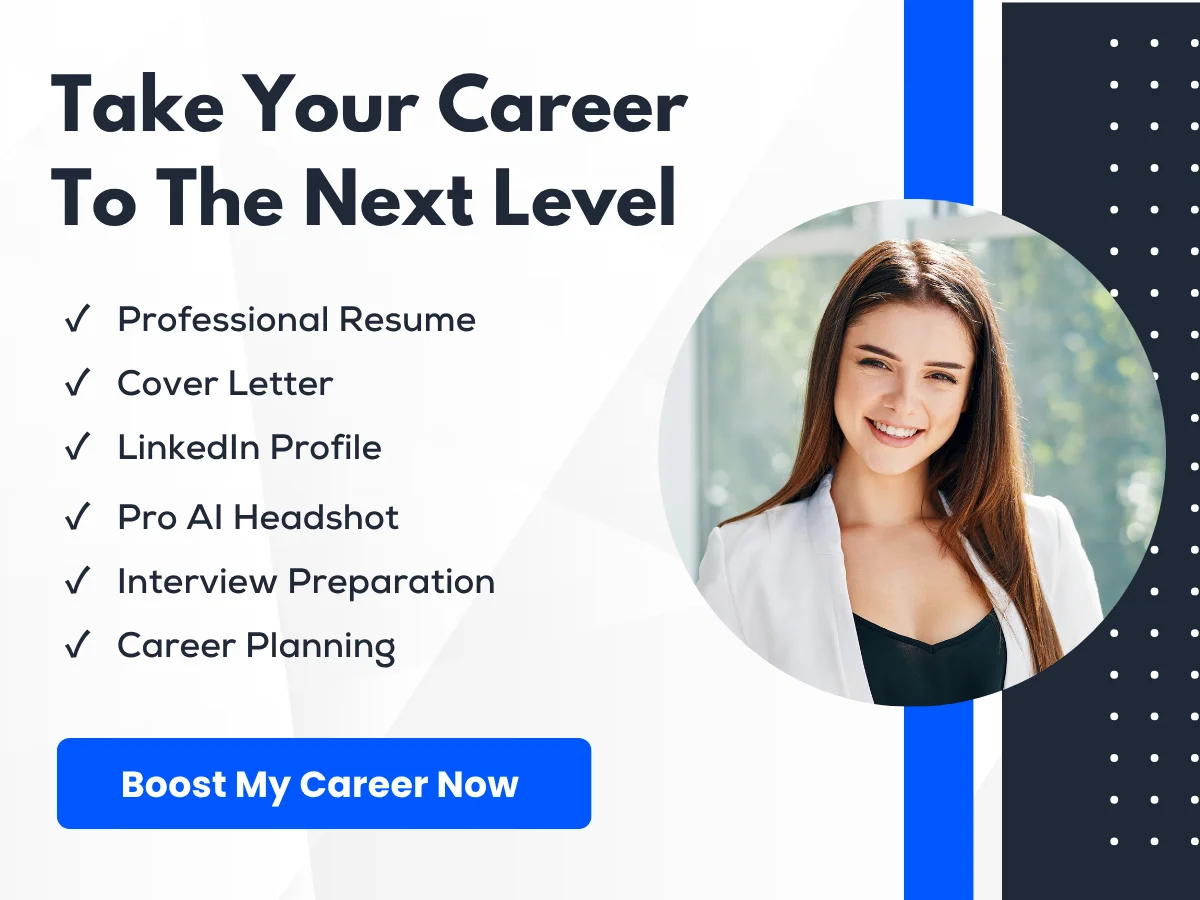
Advantages:
- Offers a comprehensive view of the candidate’s qualifications, skills, and work history.
- Allows for customization based on the job being applied for, highlighting the most relevant experiences and skills.
- Can effectively demonstrate career progression while emphasizing key competencies.
Disadvantages:
- Can become lengthy if not carefully crafted, potentially exceeding the recommended one to two pages.
- May require more effort to organize effectively, as it combines elements from both formats.
Choosing the right resume format is crucial for effectively communicating qualifications to potential employers. Job seekers should consider their unique experiences, the industry they are applying to, and the specific job requirements when selecting a resume type. By understanding the differences between chronological, functional, and combination resumes, candidates can create a document that best showcases their strengths and increases their chances of landing an interview.
Choosing the Right Resume Template
When it comes to crafting a compelling resume, the template you choose can significantly impact how your application is perceived by potential employers. A well-structured resume template not only enhances readability but also reflects your professionalism and attention to detail. We will explore the factors to consider when selecting a template, popular resume template styles, and where to find high-quality resume templates.
Factors to Consider When Selecting a Template
Choosing the right resume template involves several critical factors that align with your career goals and the expectations of your target industry. Here are the key considerations:
Industry Standards
Different industries have varying expectations regarding resume formats. For instance, a creative industry such as graphic design may favor visually striking templates that showcase artistic skills, while a corporate finance position may require a more traditional and conservative layout. Researching industry standards can help you select a template that resonates with hiring managers in your field.
Job Role Requirements
Consider the specific job role you are applying for. Some positions may prioritize certain skills or experiences that can be highlighted through a tailored resume template. For example, if you are applying for a technical role, a template that allows for clear presentation of technical skills and projects may be beneficial. Conversely, if you are seeking a managerial position, a template that emphasizes leadership experience and achievements may be more appropriate.


Personal Branding
Your resume is a reflection of your personal brand. The template you choose should align with your professional identity and the message you want to convey. Think about your career goals, values, and the image you wish to project. A cohesive personal brand can be established through consistent use of colors, fonts, and design elements across your resume and other professional materials, such as your LinkedIn profile.
Popular Resume Template Styles
Once you have considered the factors above, it’s time to explore the various styles of resume templates available. Here are some popular options:
Modern
Modern resume templates often feature clean lines, bold headings, and a minimalist design. They are ideal for professionals in tech, marketing, and other forward-thinking industries. A modern template may include sections for skills, experience, and education, often with a unique layout that draws attention to key information. For example, a modern template might use a sidebar to highlight skills and certifications, allowing the main body to focus on work experience.
Professional
Professional resume templates are characterized by their traditional layout and conservative design. These templates are suitable for industries such as finance, law, and healthcare, where a formal presentation is expected. A professional template typically uses standard fonts and a straightforward structure, ensuring that the content is easy to read. For instance, a chronological format that lists work experience in reverse order is common in professional templates, emphasizing stability and career progression.
Creative
Creative resume templates are designed to stand out and showcase individuality. These templates often incorporate unique graphics, colors, and layouts, making them perfect for roles in design, advertising, and the arts. A creative resume might include infographics to represent skills or achievements visually, or it may use unconventional formats, such as a portfolio-style layout that combines images and text. However, it’s essential to strike a balance between creativity and professionalism, ensuring that the resume remains easy to read and understand.
Simple
Simple resume templates focus on clarity and straightforwardness. They are ideal for job seekers who prefer a no-frills approach or are applying for positions in more traditional industries. A simple template typically uses a clean font, ample white space, and a logical flow of information. This style is particularly effective for entry-level positions or internships, where the emphasis is on education and potential rather than extensive work experience.
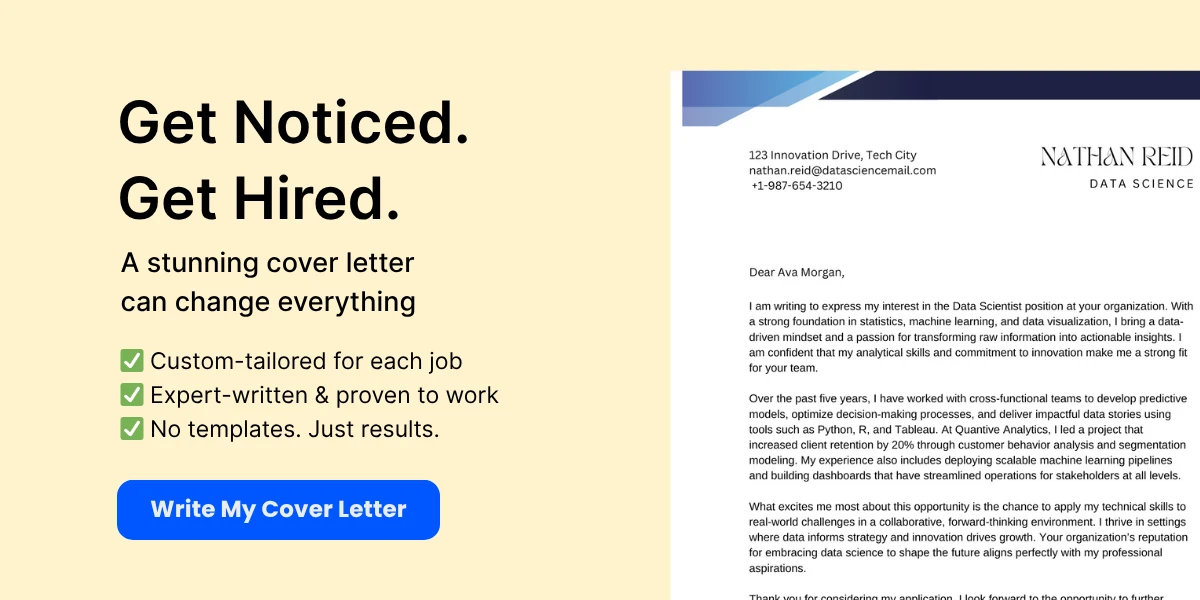
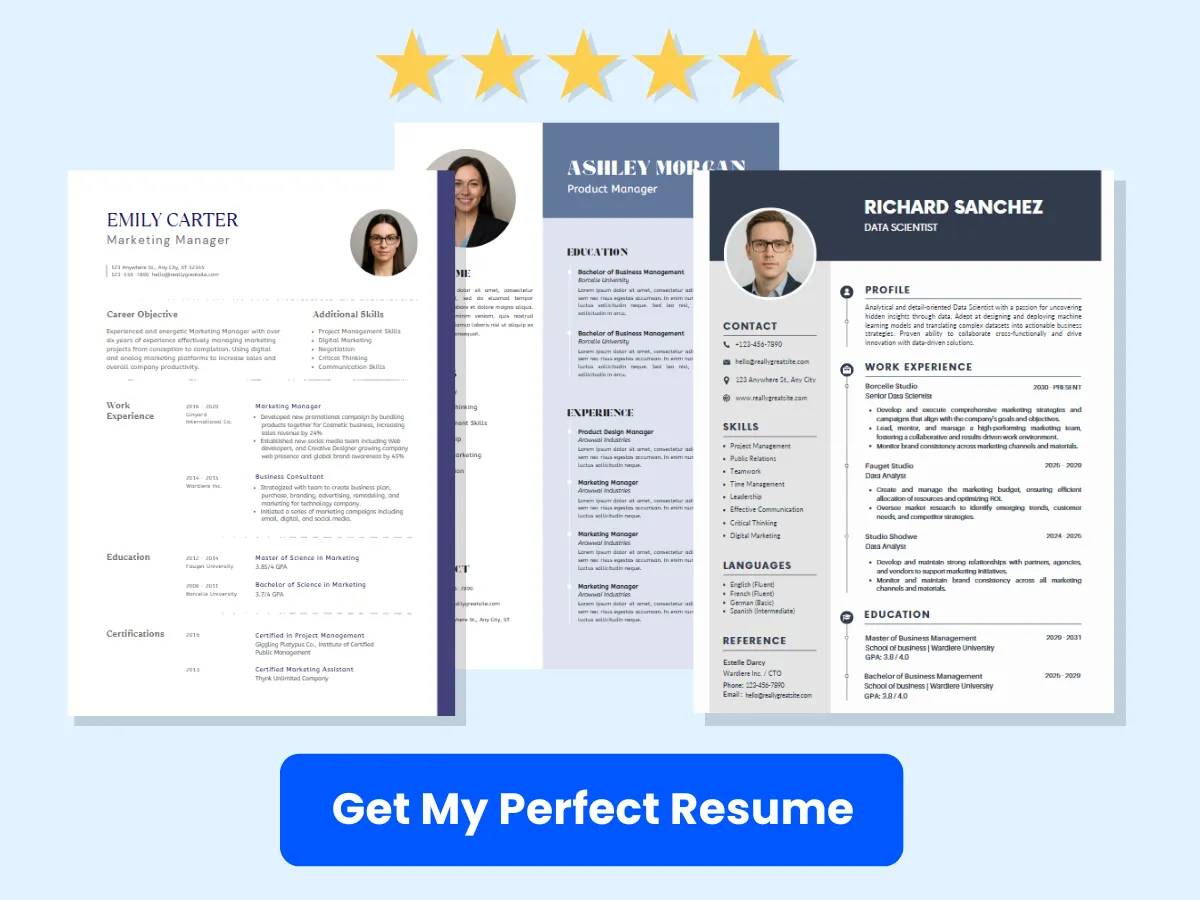
Where to Find High-Quality Resume Templates
With a clear understanding of the factors to consider and the styles available, the next step is to find high-quality resume templates. Here are some resources to explore:
Online Resources
There are numerous websites that offer free and paid resume templates. Some popular online resources include:
- Canva: Offers a wide range of customizable resume templates with a user-friendly design interface.
- Indeed: Features a resume builder that allows users to create and download resumes using professional templates.
- Google Docs: Offers a selection of free resume templates that can be easily edited and shared.
Software Tools
Many software tools come equipped with resume-building features that allow users to create professional-looking resumes. Some popular options include:
- Microsoft Word: Offers a variety of built-in resume templates that can be customized to fit your needs.
- Adobe InDesign: Ideal for those with design skills, InDesign allows for complete creative control over resume layouts.
- Google Slides: While primarily a presentation tool, it can be used to create visually appealing resumes with unique layouts.
Selecting the right resume template is a crucial step in the job application process. By considering industry standards, job role requirements, and your personal brand, you can choose a template that effectively showcases your qualifications. With a variety of styles available and numerous resources to find high-quality templates, you are well-equipped to create a resume that stands out to potential employers.
Essential Components of an English Resume
Contact Information
Your contact information is the first thing potential employers will see, so it’s crucial to present it clearly and professionally. This section should be concise yet comprehensive, ensuring that hiring managers can easily reach you.
- Name: Your name should be prominently displayed at the top of your resume. Use a larger font size (around 16-18 points) to make it stand out. Avoid using nicknames; instead, use your full name as it appears on official documents.
- Address: While it’s becoming less common to include a full address due to privacy concerns, you should at least provide your city and state. This helps employers understand your location and whether you are local to the job.
- Phone Number: Include a reliable phone number where you can be reached. Make sure your voicemail is professional, as this is often the first impression you’ll make.
- Email Address: Use a professional email address, ideally a combination of your first and last name. Avoid using unprofessional or overly casual email addresses.
- LinkedIn Profile: Including a link to your LinkedIn profile can provide employers with additional insights into your professional background. Ensure your LinkedIn profile is up-to-date and matches the information on your resume.
Professional Summary or Objective
The professional summary or objective statement is your chance to make a strong first impression. It should succinctly convey your career goals and what you bring to the table.

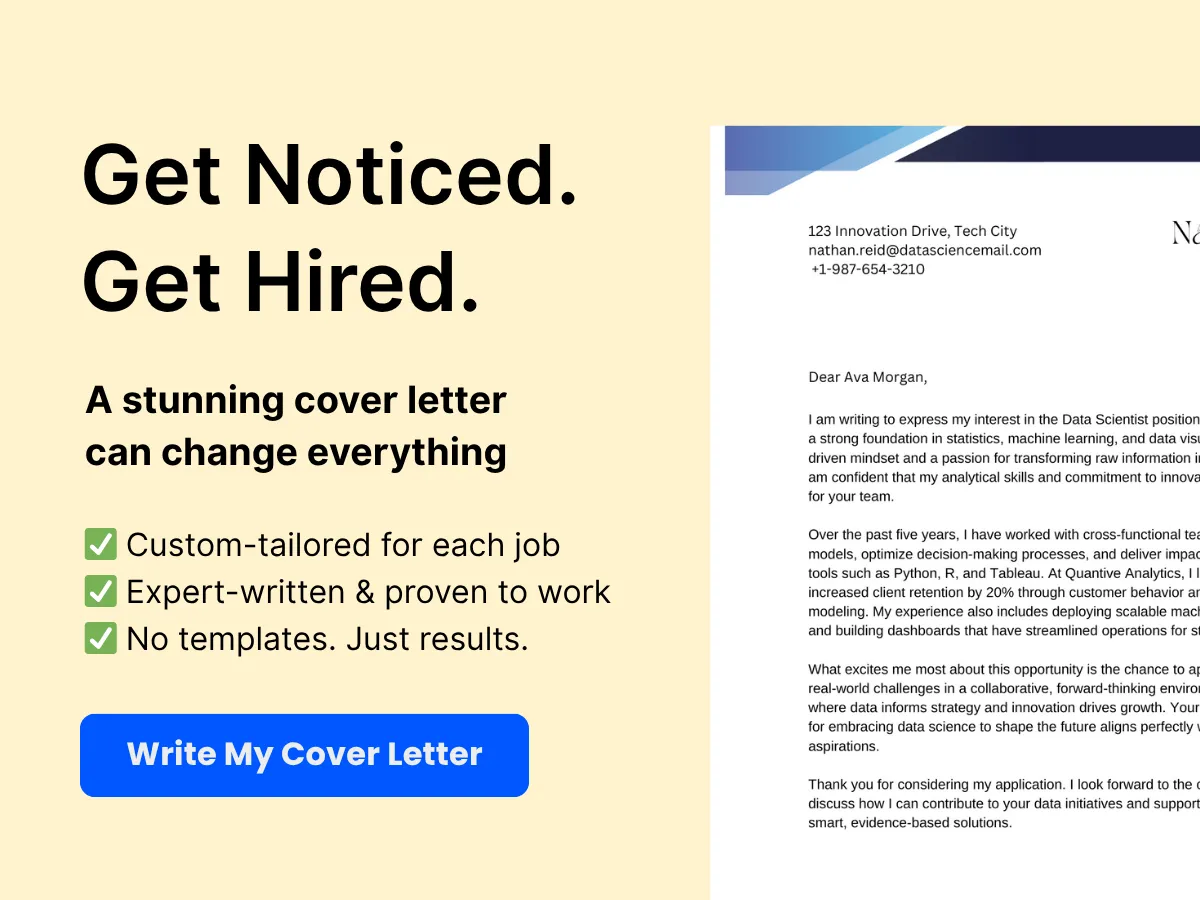
Crafting a Compelling Summary
A professional summary is typically 2-4 sentences long and highlights your key qualifications, skills, and experiences. It should be tailored to the specific job you are applying for. For example:
“Dynamic marketing professional with over 5 years of experience in digital marketing and brand management. Proven track record of increasing online engagement by 40% through innovative social media strategies. Seeking to leverage expertise in a challenging new role at XYZ Company.”
This summary effectively showcases the candidate’s experience and quantifiable achievements, making it clear why they would be a valuable addition to the team.
When to Use an Objective Statement
An objective statement is more suitable for entry-level candidates or those changing careers. It focuses on what you hope to achieve in your next position rather than what you can offer. For example:
“Recent graduate with a degree in Environmental Science seeking an entry-level position in sustainability consulting to apply my research skills and passion for environmental conservation.”
While objective statements can be useful, they are often less impactful than professional summaries. Use them judiciously and ensure they are specific to the job you are applying for.

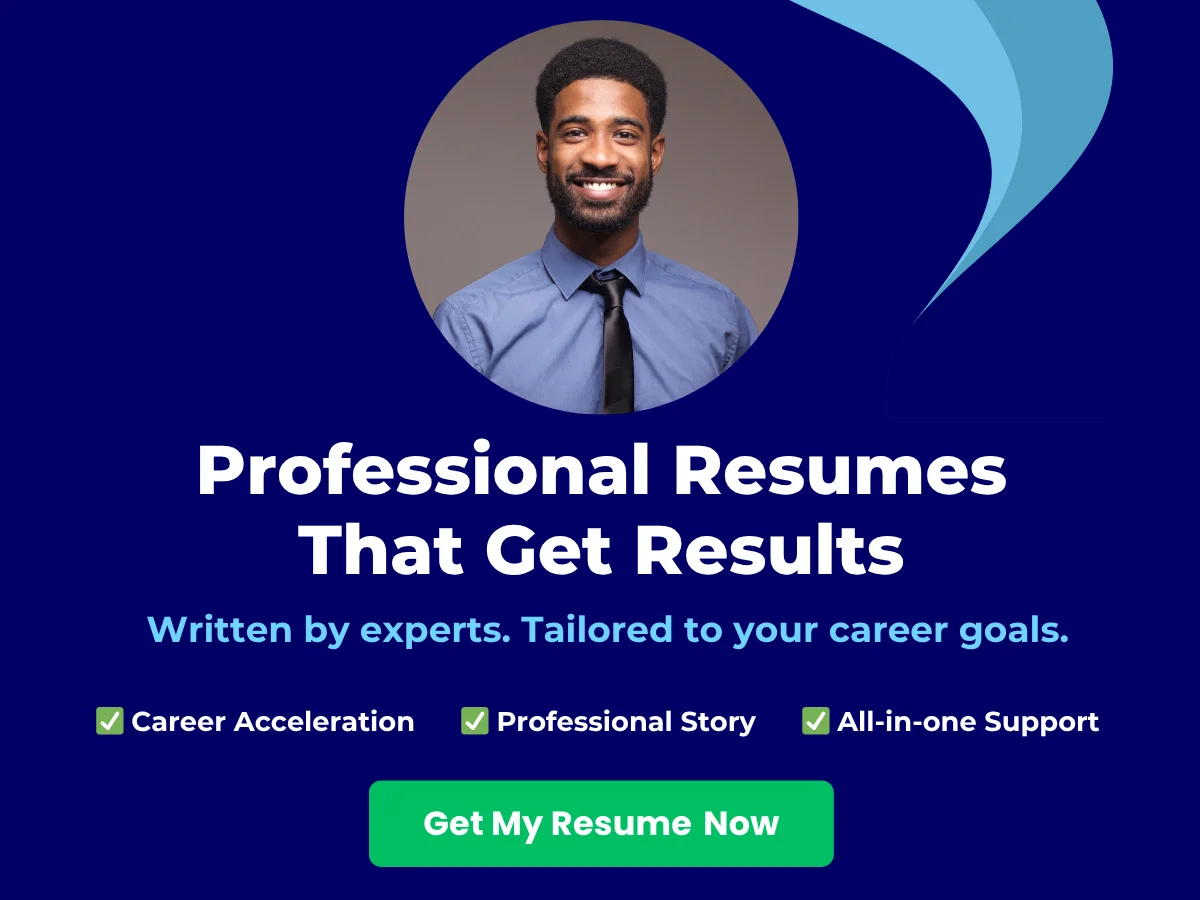
Work Experience
Your work experience section is one of the most critical parts of your resume. It should clearly outline your employment history, showcasing your responsibilities and achievements in each role.
How to List Jobs Effectively
List your work experience in reverse chronological order, starting with your most recent job. For each position, include the following:
- Job Title: Clearly state your job title to give context to your responsibilities.
- Company Name: Include the name of the organization you worked for, along with its location (city and state).
- Dates of Employment: Use a month/year format (e.g., June 2020 – Present) to indicate the duration of your employment.
- Responsibilities and Achievements: Use bullet points to list your key responsibilities and achievements. Start each bullet point with an action verb to convey a sense of proactivity.
Quantifying Achievements
Whenever possible, quantify your achievements to provide concrete evidence of your contributions. For example:
“Increased sales by 30% within one year by implementing a new customer relationship management system.”
Quantifying your achievements not only demonstrates your impact but also makes your resume more compelling and memorable.
Using Action Verbs
Action verbs are powerful tools that can enhance your resume. They convey confidence and decisiveness. Here are some effective action verbs to consider:
- Achieved
- Developed
- Implemented
- Managed
- Designed
- Led
- Streamlined
Using a variety of action verbs can help keep your resume engaging and dynamic.
Education
Your education section should provide a clear overview of your academic background. List your degrees and certifications in reverse chronological order, similar to your work experience.
Listing Degrees and Certifications
For each degree or certification, include the following:
- Degree Title: Specify the degree you earned (e.g., Bachelor of Arts in Psychology).
- Institution Name: Include the name of the college or university.
- Graduation Date: Use the month and year format (e.g., May 2021).
For certifications, include the name of the certification, the issuing organization, and the date obtained.
Relevant Coursework and Honors
If you are a recent graduate or if your coursework is particularly relevant to the job you are applying for, consider including a brief list of relevant courses. Additionally, if you received any honors or awards, such as Dean’s List or scholarships, be sure to mention them.
Skills
The skills section of your resume is an opportunity to showcase your abilities and competencies. It’s essential to differentiate between hard skills and soft skills.
Hard Skills vs. Soft Skills
Hard skills are specific, teachable abilities that can be quantified, such as proficiency in a programming language or expertise in data analysis. Soft skills, on the other hand, are interpersonal skills that relate to how you work with others, such as communication, teamwork, and problem-solving.
When listing your skills, aim for a balance between hard and soft skills to present a well-rounded profile.
Tailoring Skills to the Job Description
One of the most effective strategies for crafting a compelling resume is to tailor your skills to match the job description. Carefully read the job posting and identify the key skills and qualifications the employer is seeking. Then, incorporate those skills into your resume, providing examples of how you have demonstrated them in your previous roles.
Additional Sections
Depending on your background and the job you are applying for, you may want to include additional sections to further enhance your resume.
Certifications and Licenses
If you hold any relevant certifications or licenses, create a dedicated section to list them. This can include professional certifications, industry-specific licenses, or any other credentials that may be pertinent to the job.
Volunteer Work
Including volunteer work can demonstrate your commitment to community service and showcase additional skills. List your volunteer experiences similarly to your work experience, highlighting your role and contributions.
Languages
In today’s global job market, language skills can be a significant asset. If you are proficient in multiple languages, create a section to list them, indicating your level of proficiency (e.g., fluent, conversational, basic).
Hobbies and Interests
While not always necessary, including a brief section on hobbies and interests can provide a glimpse into your personality and help you stand out. Choose hobbies that reflect positively on your character or demonstrate skills relevant to the job.
Writing Tips for a Standout Resume
Tailoring Your Resume for Each Job Application
One of the most effective strategies for creating a standout resume is to tailor it for each job application. This means customizing your resume to align with the specific requirements and preferences of the job you are applying for. Employers appreciate candidates who take the time to understand the role and demonstrate how their skills and experiences make them a perfect fit.
To tailor your resume, start by carefully reading the job description. Identify the key responsibilities and qualifications that the employer is seeking. Highlight the skills and experiences from your background that directly relate to these requirements. For instance, if the job emphasizes project management skills, ensure that your resume prominently features relevant projects you have managed, including specific outcomes and metrics that showcase your success.
Additionally, consider adjusting the language you use in your resume. If the job description mentions specific tools or methodologies, incorporate those terms into your resume where applicable. This not only demonstrates your familiarity with the industry but also helps your resume pass through Applicant Tracking Systems (ATS) that many companies use to filter candidates.
Using Keywords from the Job Description
Incorporating keywords from the job description into your resume is crucial for increasing your chances of getting noticed by hiring managers and ATS. Keywords are specific terms or phrases that relate to the skills, qualifications, and experiences that the employer is looking for.
To effectively use keywords, first, create a list of the most important terms from the job description. These may include technical skills, soft skills, certifications, and industry-specific jargon. For example, if the job requires proficiency in “data analysis” and “project management,” ensure these phrases appear in your resume, particularly in the skills section and within your work experience descriptions.
However, it’s important to use these keywords naturally. Avoid keyword stuffing, which can make your resume sound forced and may raise red flags for recruiters. Instead, weave them into your accomplishments and responsibilities in a way that highlights your qualifications. For instance, instead of simply listing “data analysis” as a skill, you might say, “Utilized data analysis techniques to improve project efficiency by 20%.”
Avoiding Common Resume Mistakes
Even the most qualified candidates can be overlooked due to common resume mistakes. Being aware of these pitfalls can help you create a more polished and professional document.
Spelling and Grammar Errors
Spelling and grammar errors can undermine your credibility and attention to detail. A resume filled with typos suggests that you may not take the application process seriously. To avoid these mistakes, take the time to proofread your resume multiple times. Use spell-check tools, but don’t rely solely on them, as they may miss contextual errors.
Reading your resume aloud can help you catch mistakes that you might overlook when reading silently. Additionally, consider asking a friend or family member to review your resume; a fresh set of eyes can often spot errors you may have missed.
Overly Complex Language
While it’s important to convey your qualifications effectively, using overly complex language can make your resume difficult to read. Aim for clarity and conciseness. Use straightforward language and avoid jargon unless it is industry-specific and relevant to the job you are applying for.
For example, instead of saying, “Facilitated the optimization of operational workflows through the implementation of innovative strategies,” you could say, “Improved operational workflows by implementing new strategies.” This not only makes your resume easier to read but also highlights your achievements more effectively.
Irrelevant Information
Including irrelevant information can clutter your resume and distract from your most important qualifications. Focus on experiences and skills that are directly related to the job you are applying for. If you have a long work history, consider summarizing older positions or omitting them altogether if they do not add value to your application.
For instance, if you are applying for a marketing position, your experience as a waiter may not be relevant unless you can draw a direct connection to customer service or communication skills. Instead, focus on marketing internships, volunteer work, or projects that showcase your relevant skills.
Formatting Tips
The format of your resume plays a significant role in how it is perceived by hiring managers. A well-structured resume is easier to read and can make a strong first impression.
Font Choices
Choosing the right font is crucial for readability. Stick to professional fonts such as Arial, Calibri, or Times New Roman. Avoid decorative fonts that can be difficult to read. A font size of 10 to 12 points is generally recommended for the body text, while headings can be slightly larger to create a clear hierarchy.
Margins and Spacing
Proper margins and spacing can enhance the overall appearance of your resume. Standard margins are typically set to 1 inch on all sides, but you can adjust them slightly to fit more content if necessary. Ensure there is enough white space between sections to make your resume easy to scan. Use consistent spacing between bullet points and paragraphs to maintain a clean layout.
Consistent Layout
Consistency is key when it comes to layout. Use the same formatting for headings, bullet points, and text throughout your resume. This includes font sizes, colors, and styles. A consistent layout not only looks more professional but also helps guide the reader’s eye through your document.
Proofreading and Editing
Once you have crafted your resume, the next step is to proofread and edit it thoroughly. This process is essential to ensure that your resume is free of errors and presents you in the best possible light.
Tools and Techniques
There are several tools and techniques you can use to proofread your resume effectively. Online grammar checkers like Grammarly or Hemingway can help identify grammatical errors and suggest improvements. However, these tools are not foolproof, so it’s important to review your resume manually as well.
One effective technique is to print out your resume and read it on paper. This can help you catch errors that you might miss on a screen. Additionally, reading your resume backward, starting from the last sentence to the first, can help you focus on individual words and phrases, making it easier to spot mistakes.
Getting Feedback from Others
Getting feedback from others can provide valuable insights into how your resume is perceived. Share your resume with trusted friends, family members, or mentors who can offer constructive criticism. They may notice areas for improvement that you hadn’t considered.
Consider seeking feedback from professionals in your industry as well. They can provide insights into what employers are looking for and suggest ways to enhance your resume to better align with industry standards.
Creating a standout resume requires careful attention to detail, a focus on relevance, and a commitment to clarity. By tailoring your resume for each job application, using keywords effectively, avoiding common mistakes, adhering to formatting best practices, and thoroughly proofreading your document, you can significantly increase your chances of landing an interview.
Advanced Resume Strategies
Creating an ATS-Friendly Resume
Exploring Applicant Tracking Systems
In today’s job market, many companies utilize Applicant Tracking Systems (ATS) to streamline their hiring processes. An ATS is software that automates the initial screening of resumes, allowing employers to filter candidates based on specific criteria. Understanding how these systems work is crucial for job seekers aiming to get their resumes noticed.
ATS software scans resumes for keywords related to the job description, evaluates formatting, and ranks candidates based on their qualifications. If your resume doesn’t align with the job posting or is poorly formatted, it may never reach human eyes. Therefore, creating an ATS-friendly resume is essential for increasing your chances of landing an interview.
Formatting for ATS Compatibility
To ensure your resume is ATS-compatible, follow these formatting guidelines:
- Use Standard Fonts: Stick to common fonts like Arial, Calibri, or Times New Roman. Avoid decorative fonts that may not be recognized by the ATS.
- Keep It Simple: Use a clean, straightforward layout. Avoid complex designs, graphics, or images that can confuse the ATS.
- Use Standard Headings: Use conventional headings like “Work Experience,” “Education,” and “Skills.” This helps the ATS categorize your information correctly.
- Save in the Right Format: Most ATS systems prefer .docx or PDF formats. However, check the job posting for specific instructions.
- Include Keywords: Tailor your resume to include keywords from the job description. This increases the likelihood of passing the ATS screening.
Incorporating Metrics and Data
How to Quantify Achievements
One of the most effective ways to enhance your resume is by incorporating metrics and data that quantify your achievements. Numbers provide concrete evidence of your capabilities and can significantly impact how hiring managers perceive your qualifications.
When quantifying your achievements, consider the following:
- Use Specific Numbers: Instead of saying you “increased sales,” specify that you “increased sales by 30% over six months.” This level of detail gives potential employers a clearer picture of your impact.
- Highlight Percentages: Percentages can effectively demonstrate growth or improvement. For example, “Reduced customer complaints by 25% through improved service protocols” is more compelling than simply stating you improved customer service.
- Include Timeframes: Adding a timeframe to your achievements can illustrate your ability to deliver results under pressure. For instance, “Completed project ahead of schedule by two weeks” shows efficiency and effectiveness.
Examples of Effective Metrics
Here are some examples of how to incorporate metrics into your resume:
- Sales and Revenue: “Achieved $500,000 in new business revenue within the first year of employment.”
- Cost Savings: “Implemented a new inventory system that reduced costs by 15%, saving the company $50,000 annually.”
- Project Management: “Led a team of 10 in a project that was completed 20% under budget and two weeks ahead of schedule.”
- Customer Satisfaction: “Increased customer satisfaction scores from 75% to 90% within one year through targeted training initiatives.”
By using metrics effectively, you not only demonstrate your achievements but also provide a compelling narrative that can set you apart from other candidates.
Showcasing Transferable Skills
Identifying Transferable Skills
Transferable skills are abilities that can be applied across various jobs and industries. They are particularly valuable for job seekers looking to change careers or industries, as they highlight your versatility and adaptability. Common transferable skills include:
- Communication: The ability to convey information clearly and effectively, whether in writing or verbally.
- Problem-Solving: The capacity to analyze situations, identify issues, and develop solutions.
- Leadership: Skills related to guiding and motivating a team, even if you haven’t held a formal leadership position.
- Time Management: The ability to prioritize tasks and manage time effectively to meet deadlines.
- Adaptability: The capability to adjust to new situations and challenges quickly.
To identify your transferable skills, reflect on your past experiences, both professional and personal. Consider the tasks you excelled at, the feedback you received, and the skills that helped you succeed in various roles.
Highlighting Them in Your Resume
Once you’ve identified your transferable skills, it’s essential to showcase them effectively in your resume. Here are some strategies to highlight these skills:
- Incorporate Skills into Your Summary: Use your resume summary to mention key transferable skills that align with the job you’re applying for. For example, “Dynamic marketing professional with strong communication and problem-solving skills, seeking to leverage expertise in a new industry.”
- Use the STAR Method: When describing your work experience, use the STAR method (Situation, Task, Action, Result) to illustrate how you applied your transferable skills in real-world scenarios. This approach provides context and demonstrates your capabilities effectively.
- Tailor Your Skills Section: Customize your skills section for each job application. Highlight the transferable skills that are most relevant to the position, ensuring they align with the job description.
- Provide Context in Job Descriptions: When listing your work experience, include bullet points that describe how you utilized your transferable skills. For example, “Led a cross-functional team to develop a new product, utilizing strong leadership and communication skills to ensure project success.”
By effectively showcasing your transferable skills, you can demonstrate your value to potential employers, even if your previous experience doesn’t directly align with the job you’re applying for.
Visual and Design Elements
The Role of Visual Appeal in a Resume
A resume is often the first impression a potential employer has of a candidate. As such, the visual appeal of a resume plays a crucial role in capturing attention and conveying professionalism. A well-designed resume not only highlights your qualifications but also reflects your personality and attention to detail.
Research indicates that hiring managers spend an average of just six seconds reviewing a resume before deciding whether to move forward with a candidate. This brief window of time underscores the importance of visual elements in making a strong first impression. A visually appealing resume can help you stand out from the crowd, making it easier for recruiters to quickly identify your key skills and experiences.
However, visual appeal should not come at the expense of content. The design of your resume should enhance the information presented, guiding the reader’s eye to the most important sections. A balance between aesthetics and functionality is essential; a resume that is too flashy may distract from your qualifications, while a bland design may fail to engage the reader.
Using Color and Graphics Appropriately
Color and graphics can significantly enhance the visual appeal of your resume, but they must be used judiciously. The right color palette can evoke emotions and convey professionalism, while graphics can help illustrate your skills and experiences. Here are some tips for using color and graphics effectively:
- Choose a Professional Color Scheme: Stick to a limited color palette that reflects professionalism. Neutral colors like black, gray, and white are safe choices, while subtle accents of color (such as navy blue or dark green) can add a modern touch. Avoid overly bright or neon colors, which can be distracting and unprofessional.
- Use Color to Highlight Key Sections: Consider using color to differentiate between sections of your resume. For example, you might use a light gray background for your header and a darker shade for your section titles. This not only adds visual interest but also helps guide the reader’s eye through the document.
- Incorporate Graphics Sparingly: While graphics can enhance your resume, they should be used sparingly. Simple icons can be effective for bullet points or to represent skills, but avoid cluttering your resume with excessive images or complex designs. A clean, minimalist approach often works best.
- Consider Industry Standards: Different industries have varying expectations regarding resume design. Creative fields such as graphic design or marketing may allow for more artistic expression, while traditional fields like finance or law may require a more conservative approach. Research the norms in your industry to ensure your design aligns with expectations.
Balancing Design with Readability
While visual appeal is important, readability is paramount. A resume that is difficult to read will likely be set aside, regardless of how attractive it may be. Here are some strategies to ensure your resume remains both visually appealing and easy to read:
- Choose the Right Font: Select a professional font that is easy to read both on-screen and in print. Sans-serif fonts like Arial, Calibri, or Helvetica are often preferred for their clean lines. Avoid overly decorative fonts that may hinder readability. Additionally, ensure that your font size is appropriate; typically, 10-12 points is ideal for body text, while headings can be slightly larger.
- Utilize White Space: White space is your friend when it comes to resume design. It helps to break up text and makes the document feel less cluttered. Ensure there is adequate spacing between sections, and use margins to create a balanced layout. A well-spaced resume is easier to scan and read, allowing hiring managers to quickly find the information they need.
- Organize Information Logically: Structure your resume in a way that flows logically. Start with your contact information, followed by a summary or objective statement, work experience, education, and skills. Use headings and subheadings to clearly delineate sections, making it easy for the reader to navigate your resume.
- Limit Length and Content: Aim to keep your resume concise, ideally one page for early-career professionals and no more than two pages for those with extensive experience. Focus on the most relevant information and avoid including unnecessary details. Use bullet points to present information clearly and succinctly, making it easier for hiring managers to skim through your qualifications.
Examples of Effective Visual Design
To illustrate the principles of effective visual design in resumes, consider the following examples:
Example 1: The Modern Professional
This resume features a clean layout with a professional color scheme of navy blue and white. The candidate’s name is prominently displayed at the top in a larger font, followed by a brief summary that highlights their key qualifications. Each section is clearly defined with bold headings, and bullet points are used to present work experience and skills succinctly. The use of white space ensures that the resume is easy to read, while subtle color accents draw attention to important information.
Example 2: The Creative Innovator
In contrast, a resume for a graphic designer may incorporate more creative elements. This resume uses a unique layout with a sidebar that showcases the candidate’s skills and portfolio links. The color palette is vibrant yet professional, with a mix of bold and muted colors. Graphics, such as icons representing skills, are used sparingly to enhance the design without overwhelming the content. The overall effect is visually striking while maintaining readability.
Final Thoughts on Visual and Design Elements
The visual and design elements of your resume are critical in making a strong first impression. By carefully considering the role of visual appeal, using color and graphics appropriately, and balancing design with readability, you can create a resume that not only stands out but also effectively communicates your qualifications. Remember, your resume is a reflection of you as a professional; invest the time and effort to ensure it is polished, professional, and visually appealing.
Digital and Online Resumes
Creating an Online Resume or Portfolio
In today’s digital age, having an online resume or portfolio is essential for job seekers. An online presence not only showcases your skills and experience but also allows potential employers to find you easily. Here’s how to create an effective online resume or portfolio.
Platforms and Tools
There are numerous platforms and tools available for creating an online resume or portfolio. Here are some popular options:
- LinkedIn: This is the most widely used professional networking site. You can create a detailed profile that acts as your online resume, showcasing your work experience, skills, endorsements, and recommendations.
- WordPress: If you want more control over your online presence, consider creating a personal website using WordPress. You can customize your site to reflect your personal brand and include a portfolio of your work.
- Wix and Squarespace: These website builders offer user-friendly interfaces and templates specifically designed for portfolios. They allow you to create visually appealing sites without needing extensive coding knowledge.
- GitHub: For tech professionals, GitHub is an excellent platform to showcase coding projects. You can create repositories for your work, making it easy for employers to see your coding skills in action.
- Behance: If you are in a creative field, Behance is a great platform to showcase your design work. It allows you to create a portfolio that can be easily shared with potential employers.
Integrating with LinkedIn
Integrating your online resume with LinkedIn can significantly enhance your visibility to recruiters. Here are some tips for effective integration:
- Link to Your Portfolio: Include a link to your personal website or portfolio in your LinkedIn profile. This allows recruiters to view your work in more detail.
- Use Keywords: Optimize your LinkedIn profile with industry-specific keywords. This will help your profile appear in search results when recruiters are looking for candidates with your skills.
- Engage with Content: Share articles, comment on posts, and engage with others in your industry. This not only increases your visibility but also positions you as an active participant in your field.
- Request Recommendations: Ask former colleagues or supervisors to write recommendations for you on LinkedIn. These endorsements can add credibility to your online presence.
Emailing Your Resume
Emailing your resume is often the first point of contact with potential employers. It’s crucial to make a good impression through your email communication. Here are some best practices to follow.
Best Practices for Emailing
- Use a Professional Email Address: Ensure that your email address is professional. Ideally, it should include your name (e.g., [email protected]) rather than nicknames or numbers.
- Write a Clear Subject Line: Your subject line should be straightforward and informative. For example, “Application for Marketing Manager Position – John Doe” clearly indicates the purpose of your email.
- Attach Your Resume: Always attach your resume as a PDF to maintain formatting. Name the file appropriately (e.g., John_Doe_Resume.pdf) to make it easy for the employer to identify your application.
- Keep It Concise: Your email should be brief and to the point. Avoid lengthy explanations; instead, focus on expressing your interest in the position and highlighting your qualifications.
Writing a Professional Email Body
The body of your email is your opportunity to make a strong first impression. Here’s a structure you can follow:
- Greeting: Start with a professional greeting, such as “Dear [Hiring Manager’s Name],” or “Hello [Company Name] Team,” if you don’t have a specific contact.
- Introduction: Introduce yourself and mention the position you are applying for. For example, “My name is John Doe, and I am writing to express my interest in the Marketing Manager position listed on your website.”
- Body: Briefly explain why you are a good fit for the role. Highlight relevant experience and skills, and mention any attachments (like your resume) that provide further details.
- Closing: Thank the recipient for their time and express your eagerness to discuss your application further. Use a professional closing statement, such as “Sincerely” or “Best regards,” followed by your name.
Here’s an example of a professional email body:
Dear [Hiring Manager’s Name],
My name is John Doe, and I am writing to express my interest in the Marketing Manager position listed on your website. With over five years of experience in digital marketing and a proven track record of successful campaigns, I believe I would be a valuable addition to your team.
Attached is my resume for your review. I look forward to the opportunity to discuss how my skills and experiences align with the needs of your team.
Thank you for your time and consideration.
Sincerely,
John Doe
[email protected]
Uploading to Job Portals
Job portals are a common way for job seekers to apply for positions. However, each portal may have different requirements and formats. Here’s how to optimize your resume for various platforms.
Optimizing for Different Platforms
When uploading your resume to job portals, consider the following tips to ensure your application stands out:
- Follow Instructions: Each job portal may have specific instructions for uploading resumes. Make sure to read and follow these guidelines carefully to avoid disqualification.
- Use Keywords: Many job portals use Applicant Tracking Systems (ATS) to filter resumes. Incorporate relevant keywords from the job description into your resume to increase the chances of passing through these filters.
- Choose the Right Format: While PDF is generally the preferred format for resumes, some portals may require Word documents. Check the requirements and choose the appropriate format accordingly.
- Tailor Your Resume: Customize your resume for each application. Highlight the most relevant experience and skills that align with the job description to make your application more compelling.
- Keep It Updated: Regularly update your resume on job portals to reflect your most current experience and skills. This ensures that potential employers see the best version of your professional self.
By following these guidelines for digital and online resumes, job seekers can enhance their visibility and improve their chances of landing interviews. In a competitive job market, a well-crafted online presence and effective email communication can set you apart from other candidates.
Frequently Asked Questions (FAQs)
Common Questions About Resume Writing
1. What is the purpose of a resume?
The primary purpose of a resume is to provide a concise summary of your professional qualifications, skills, and experiences to potential employers. It serves as a marketing tool that highlights your strengths and demonstrates your suitability for a specific job. A well-crafted resume can help you stand out in a competitive job market and secure an interview.
2. How long should my resume be?
Generally, a resume should be one page long, especially for entry-level positions or candidates with less than 10 years of experience. However, if you have extensive experience or are applying for senior-level positions, a two-page resume may be acceptable. The key is to ensure that every piece of information included is relevant and adds value to your application.
3. What format should I use for my resume?
There are three main resume formats: chronological, functional, and combination. The chronological format lists your work experience in reverse chronological order and is ideal for those with a solid work history. The functional format focuses on skills and experiences rather than job titles, making it suitable for career changers or those with gaps in employment. The combination format merges both styles, showcasing skills while providing a chronological work history. Choose the format that best highlights your qualifications for the job you are applying for.
4. Should I include a summary or objective statement?
Including a summary or objective statement can be beneficial, but it depends on your career stage and the job you are applying for. A summary statement is a brief overview of your qualifications and is particularly useful for experienced professionals. An objective statement, on the other hand, outlines your career goals and is more suitable for entry-level candidates. Ensure that whichever statement you choose is tailored to the specific job and highlights your most relevant skills and experiences.
5. How do I tailor my resume for a specific job?
To tailor your resume for a specific job, carefully read the job description and identify the key skills and qualifications the employer is seeking. Then, adjust your resume to emphasize your experiences and achievements that align with those requirements. Use keywords from the job description throughout your resume to ensure it resonates with both hiring managers and applicant tracking systems (ATS).
6. What should I include in the skills section?
The skills section of your resume should include both hard and soft skills relevant to the job you are applying for. Hard skills are specific, teachable abilities such as proficiency in software programs, foreign languages, or technical skills. Soft skills, on the other hand, are interpersonal attributes like communication, teamwork, and problem-solving. Aim to include a mix of both types of skills, and ensure they are backed up by examples in your work experience section.
7. Is it necessary to include references on my resume?
It is no longer necessary to include references directly on your resume. Instead, you can simply state “References available upon request.” This allows you to save space on your resume and gives you the opportunity to inform your references in advance when you are applying for a job. When you do provide references, ensure they are relevant to the position and can speak positively about your qualifications.
8. How do I handle gaps in my employment history?
Gaps in employment can be addressed in several ways. If the gap was due to education, volunteering, or caregiving, you can include that experience in your resume. If the gap was due to personal reasons, consider using a functional resume format that emphasizes your skills rather than your chronological work history. Be prepared to discuss the gap in your cover letter or during an interview, focusing on what you learned or how you stayed engaged in your field during that time.
9. Should I include my education on my resume?
Yes, including your education on your resume is important, especially if you are a recent graduate or if your educational background is relevant to the job you are applying for. List your highest degree first, including the name of the institution, degree obtained, and graduation date. If you have relevant coursework, honors, or certifications, consider including those as well.
10. How can I make my resume stand out?
To make your resume stand out, focus on the following strategies:
- Use a clean, professional layout: Choose a resume template that is visually appealing and easy to read. Avoid clutter and excessive graphics.
- Quantify your achievements: Use numbers and metrics to demonstrate your impact in previous roles. For example, “Increased sales by 20% within six months” is more compelling than “Responsible for sales.”
- Customize for each application: Tailor your resume for each job application by highlighting the most relevant experiences and skills.
- Incorporate keywords: Use industry-specific keywords from the job description to ensure your resume passes through ATS filters.
- Proofread: Ensure your resume is free of spelling and grammatical errors. Consider having a friend or mentor review it for feedback.
Expert Answers and Advice
1. What are the most common mistakes job seekers make on their resumes?
Some of the most common mistakes include:
- Typos and grammatical errors: These can create a negative impression and suggest a lack of attention to detail.
- Using a one-size-fits-all approach: Failing to tailor your resume for each job application can result in missed opportunities.
- Including irrelevant information: Focus on experiences and skills that are directly related to the job you are applying for.
- Overly complex language: Use clear and concise language to communicate your qualifications effectively.
- Neglecting to showcase achievements: Instead of just listing responsibilities, highlight your accomplishments and the impact you made in previous roles.
2. How important is the design of my resume?
The design of your resume is crucial as it creates the first impression on hiring managers. A well-designed resume can enhance readability and make it easier for employers to find the information they need. Use a clean layout with consistent formatting, appropriate font sizes, and sufficient white space. While creativity can be beneficial, ensure that the design does not overshadow the content. For creative fields, a more visually striking resume may be appropriate, but for traditional industries, a classic design is often preferred.
3. Should I use a resume template?
Using a resume template can be a great way to save time and ensure a professional layout. However, it is essential to choose a template that aligns with your industry and personal style. Make sure to customize the template to reflect your unique experiences and qualifications. Avoid overly complex templates that may confuse ATS software, and ensure that the template allows for easy readability.
4. How can I effectively showcase my soft skills on my resume?
To effectively showcase your soft skills, incorporate them into your work experience descriptions. Instead of simply listing soft skills in a separate section, demonstrate them through specific examples. For instance, instead of stating “Excellent communication skills,” you could write, “Led a team of five in a project that required regular communication with clients, resulting in a 95% satisfaction rate.” This approach provides evidence of your soft skills in action.
5. What should I do if I have no work experience?
If you have no formal work experience, focus on highlighting your education, internships, volunteer work, and relevant projects. Consider including a section for skills that are applicable to the job you are applying for. You can also create a functional resume that emphasizes your skills and accomplishments rather than your work history. Additionally, consider seeking internships or volunteer opportunities to gain experience and build your resume.
6. How can I follow up after submitting my resume?
Following up after submitting your resume can demonstrate your interest in the position. Wait about one week after submitting your application before reaching out. You can send a polite email to the hiring manager or recruiter, expressing your continued interest in the role and inquiring about the status of your application. Keep your message brief and professional, and avoid being overly persistent.

